If you’ve ever strolled past the prepared foods section in a Japanese department store, spotted a neatly packed lunch on a Shinkansen train, or admired the colorful creations shared on social media, you’ve likely encountered the bento (弁当) — Japan’s iconic boxed meal. More than just a practical way to carry lunch, the bento box is a miniature stage where food, art, and tradition meet.
From its centuries-old origins to the vibrant character-themed bentos of today, the bento tells a story of Japanese aesthetics, culinary ingenuity, and a love for mindful presentation. Let’s open the lid and explore.
Pair your bento box with chopsticks to complete the look!
What Is a Bento Box?
A bento box is a single-serving, compartmentalized container designed to hold a complete meal. Traditionally, it features a balanced selection of foods, often rice or noodles, proteins, vegetables, and pickled items each neatly separated to preserve their flavors and visual appeal.
What sets a bento apart from a typical lunch box is the philosophy behind it: attention to balance, nutrition, aesthetics, and the joy of eating. Whether homemade or store-bought, a bento is meant to be as pleasing to the eye as it is to the palate.
Origins and History
The roots of the bento go back over a thousand years. Early versions appeared in the Yayoi period (弥生時代, 300 BCE–300 CE), when people carried dried rice for field work or travel. By the Kamakura period (鎌倉時代, 1185–1333), cooked and dried rice called hoshi-ii was stored in small wooden containers for convenience.
Bento culture truly flourished in the Edo period (江戸時代, 1603–1868), when lacquered wood boxes were crafted for special occasions like hanami (花見, cherry blossom viewing), tea gatherings, and theater visits. The shōkadō bento (松花堂弁当), inspired by a partitioned paintbox, became a hallmark of refined dining.
In the Meiji era, the rise of train travel brought about the ekiben regionally themed bentos sold at train stations, designed for travelers. The 20th century saw the bento become a staple of everyday life in Japan, with mass-produced versions available for schoolchildren, office workers, and busy families.

Aesthetics and Presentation
In Japan, food presentation is as important as taste. A well-made bento is organized, appetizing, and colorful, following principles similar to seasonal flower arranging.
Many bento makers aim for a color balance that pleases the eye bright reds (tomatoes, pickled ginger), sunny yellows (egg omelet), fresh greens (blanched vegetables), whites (rice), and earthy browns (meats or mushrooms). This variety not only looks inviting but also suggests a balanced diet.
Specialized bentos such as kyaraben (キャラ弁, “character bento”) and oekakiben (picture bentos) transform lunch into edible art, depicting anime mascots, seasonal motifs, or scenic landscapes. These often use precise placement of ingredients and tiered bento boxes to create visual depth, much like miniature dioramas.
Even a simple shōkadō bento maintains a meticulous arrangement, with each compartment showcasing a distinct flavor, color, and texture.
Typical Components of a Bento Box
A balanced bento is not just about beauty it’s about proportion. Many follow the 4-3-2-1 rule:
- 4 parts starchy food (usually rice or noodles)
- 3 parts vegetables
- 2 parts protein (fish, meat, eggs, tofu)
- 1 part pickles, fruit, or dessert
This formula ensures a nutritious, satisfying meal that’s easy to eat on the go.

Types and Styles of Bento Boxes
Bento boxes come in countless forms, each with its own story and occasion:
- Aisai bento – lovingly prepared home bentos, often made by a spouse or parent
- Ekiben – regionally themed train station bentos, famous for showcasing local specialties
- Koraku bento – picnic-style bentos, often larger and meant for sharing
- Kyaraben-style bento boxes – whimsical, character-themed designs (from Hello Kitty to Cinnamoroll)
- Shōkadō bento – elegant lacquered boxes used in traditional Japanese cuisine
- Two-tiered containers and stackable stainless steel boxes – perfect for larger meals or shared outings
Bento boxes are also categorized by material and design: traditional options include natural woods, bamboo, and lacquerware; modern versions use plastic, metal, or glass for convenience and durability.
Making and Assembling Bento Boxes
Creating a bento at home is a creative process that combines nutrition, practicality, and visual flair. Here’s how to get started:
- Choose a bento box: Select a container with compartments to keep foods separate. Options range from traditional wooden boxes to modern, microwave-safe plastics.
- Plan your meal: Aim for a balance of starch, protein, vegetables, and a small treat or pickled item.
- Prepare ingredients: Cook and season each component. Use cutting tools or molds to add visual interest—think flower-shaped carrots or star-cut eggs.
- Pack tightly and neatly: Arrange items snugly to prevent shifting, using dividers, cups, or lettuce leaves to separate flavors and textures.
- Add finishing touches: Include decorative picks, nori cutouts, or a small sauce container to complete the look.
Bento-making encourages mindfulness thinking about colors, textures, and flavors before you take the first bite. It’s a chance to slow down and connect with your food.

Bento Accessories and Enhancements
Part of the fun lies in the details. Bento dividers, decorative picks, and mini-skewers add charm while keeping foods in place. Baking cups or silicone molds separate saucy dishes from dry ones.
For sauces, condiment containers and sauce bottles are both practical and whimsical. Shape cutters turn vegetables or cheese into flowers and stars, while edible decorations like nori cutouts personalize each meal.
Carrying your creation in an insulated bento bag keeps it fresh and makes the moment of opening it even more satisfying.
Practical Uses and Everyday Life
Bentos are woven into the rhythm of Japanese life. Children carry them to school events and sports days, families enjoy them at festivals and outdoor events, and office workers rely on them for quick, healthy lunches.
Seasonal traditions like hanami bring beautifully packed bentos to parks under blooming cherry trees. Ekiben turn train journeys into culinary adventures, showcasing regional specialties from Ishikawa Prefecture to Hokkaidō.
Even casual take-out bentos from a local shop follow the same sense of care and presentation. In many ways, bento culture celebrates both nourishment and occasion.

Traditional vs. Modern Bento Boxes
Traditional bentos favored natural materials bamboo, wood, and lacquerware and often followed the ichi-jū-san-sai (一汁三菜, “one soup, three sides”) meal structure. Modern bentos embrace eco-friendly materials, glass boxes, and colorful plastics to suit busy lifestyles. Designs have adapted to international tastes, with pasta salads, wraps, or fusion dishes appearing alongside rice and miso-marinated fish.
Yet, the heart remains the same: a thoughtful balance of taste, texture, and beauty.
Bento Box FAQ
What does “bento” mean?
The word “bento” comes from the Japanese term for “convenient.” It refers to a single-portion meal packed in a box, designed for easy transport and eating.
Are bento boxes only for Japanese food?
Not at all! While traditional bentos feature Japanese staples, the format is adaptable to any cuisine think sandwiches, salads, wraps, or even leftovers from last night’s dinner.
Can I make a bento box in advance?
Yes. Many components can be prepared ahead and assembled the night before or in the morning. Choose foods that taste good at room temperature and are safe to eat after a few hours.
Are bento boxes good for portion control and healthy eating?
Absolutely. The compartmentalized design encourages balanced meals and helps manage portion sizes, making it easier to eat a variety of foods in moderation.
What’s the difference between a bento and a regular lunch box?
A bento emphasizes nutritional balance, visual appeal, and thoughtful presentation, whereas a regular lunch box may simply hold food without attention to arrangement or variety.
Bringing Bento Culture Into Your Life
Making a bento at home is a way to slow down and connect with your food. It encourages mindfulness, thinking about colors, textures, and flavors before you take the first bite.
If you’d like to capture the spirit of Japanese bento dining, consider pairing your meal with authentic Japanese tableware a smooth lacquered tray, a ceramic rice bowl, or a delicate teacup. The right vessel turns lunch into a cultural experience, even if you’re sitting at your office desk.


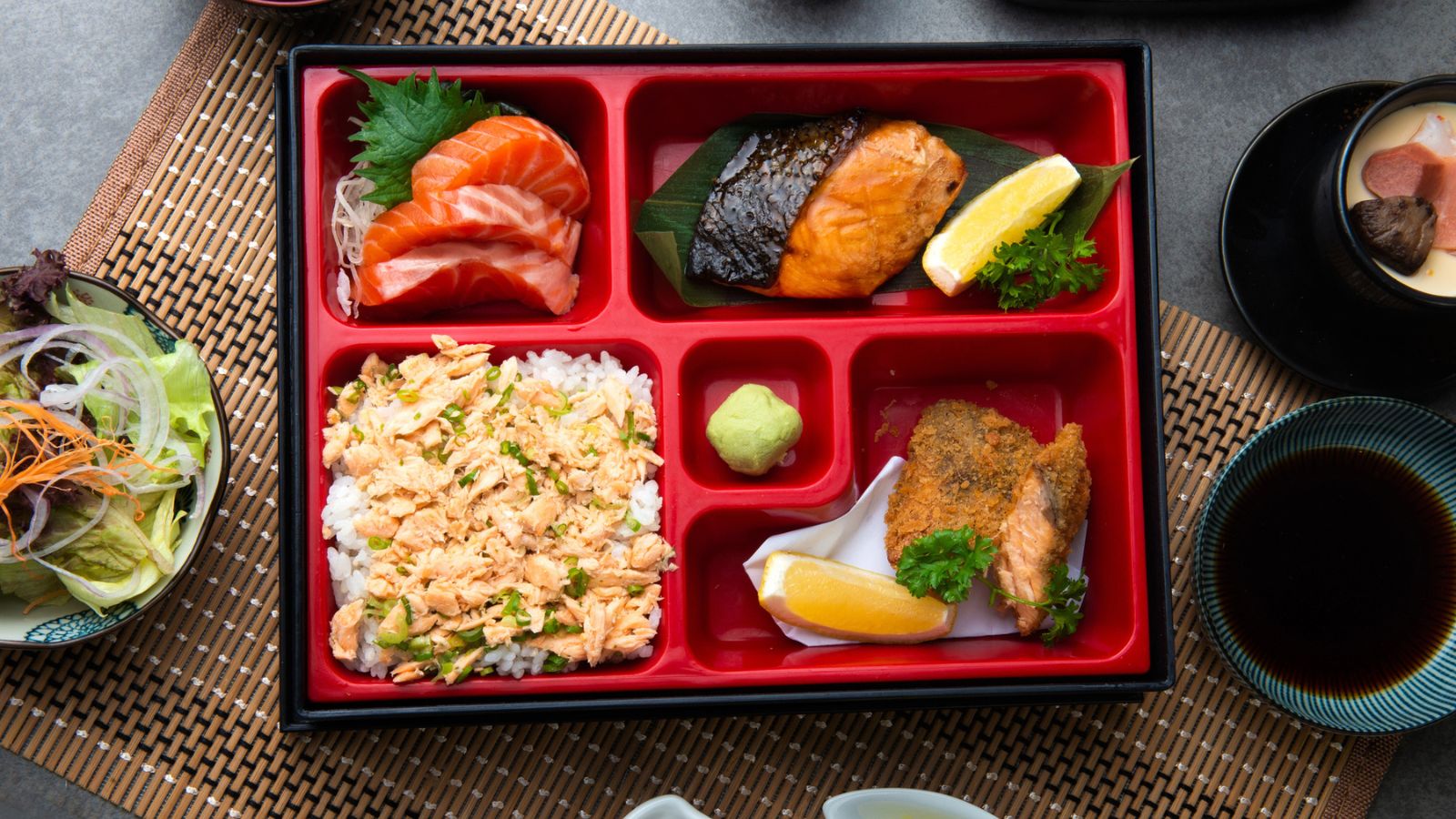


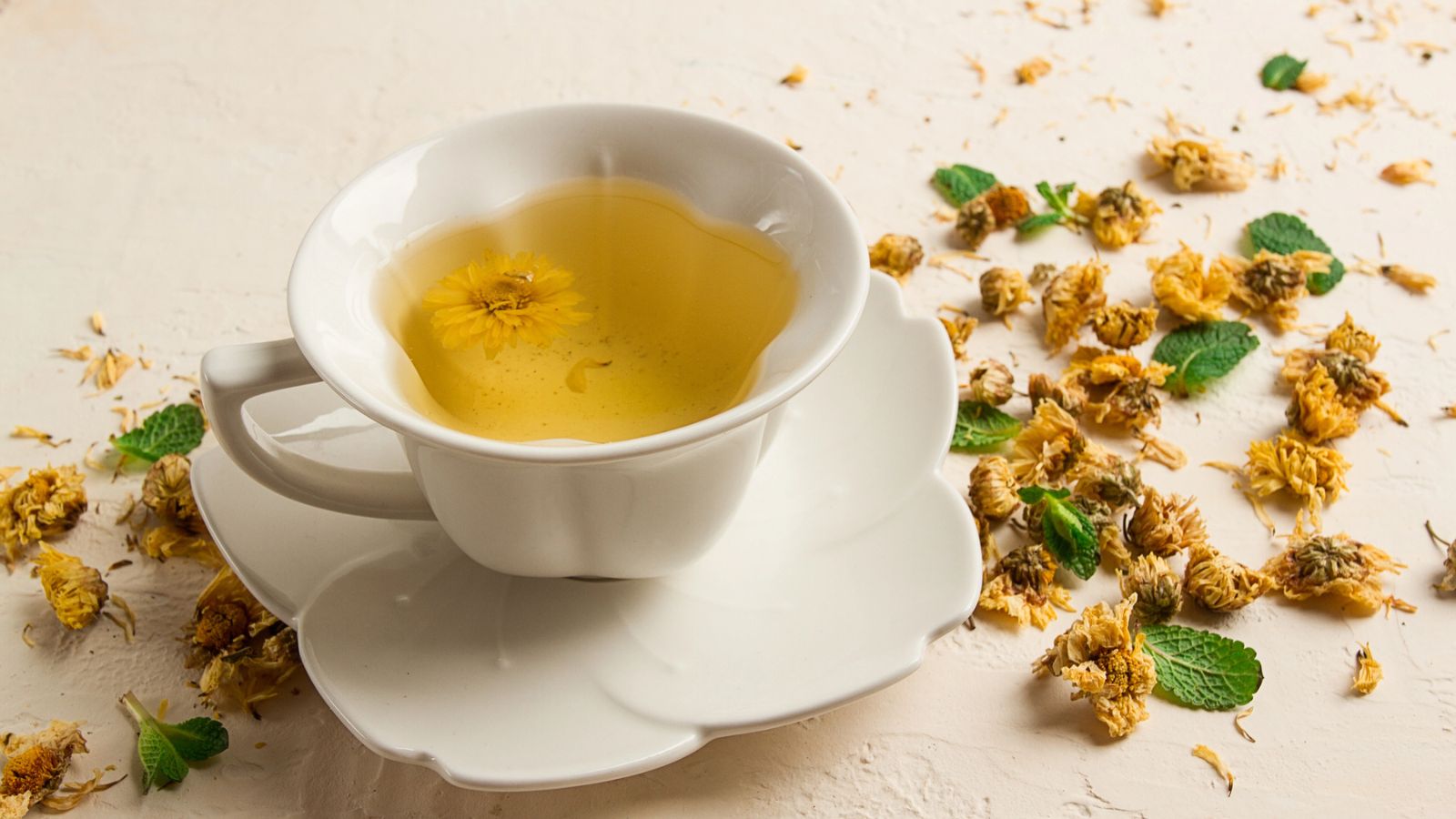
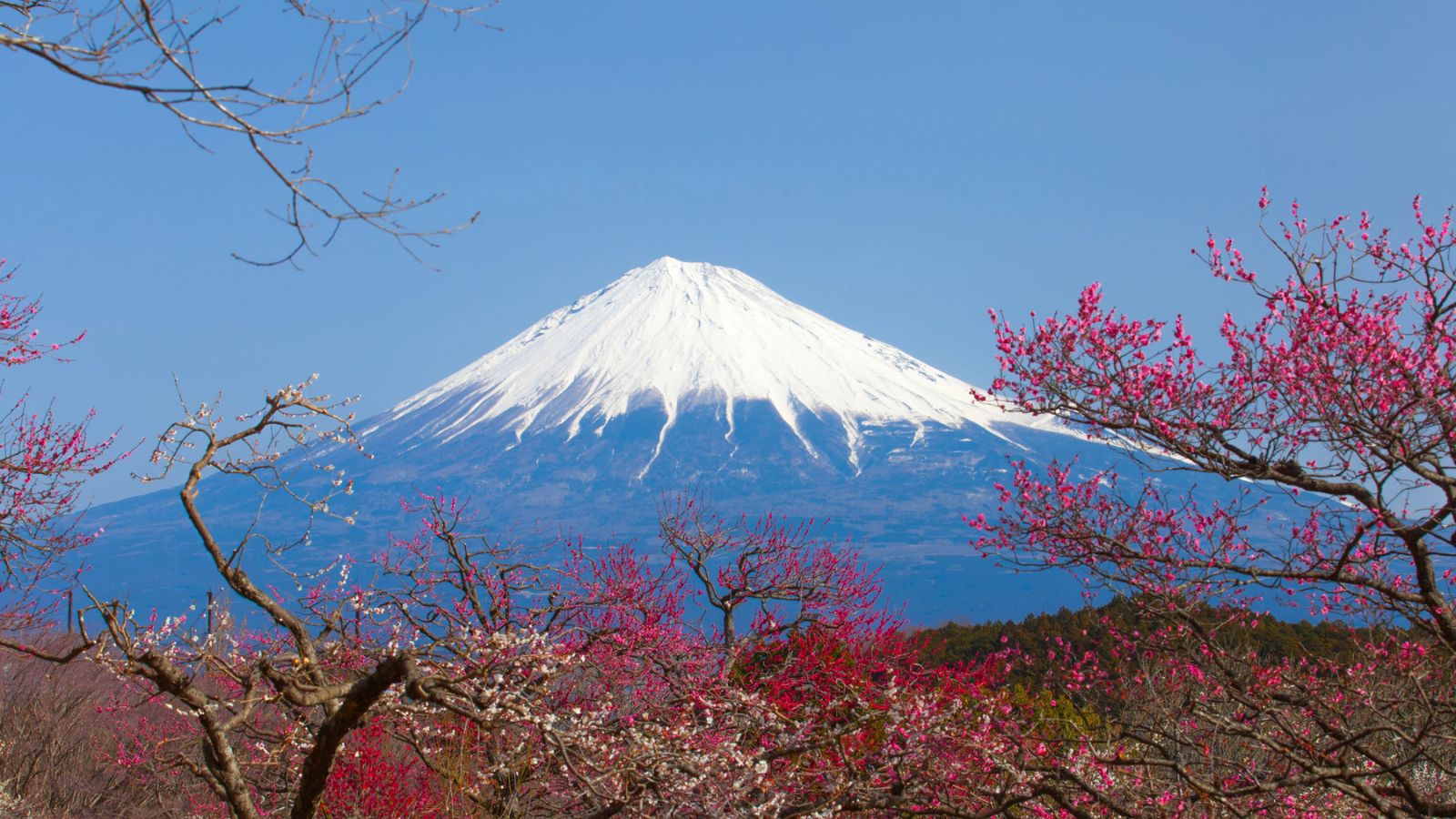
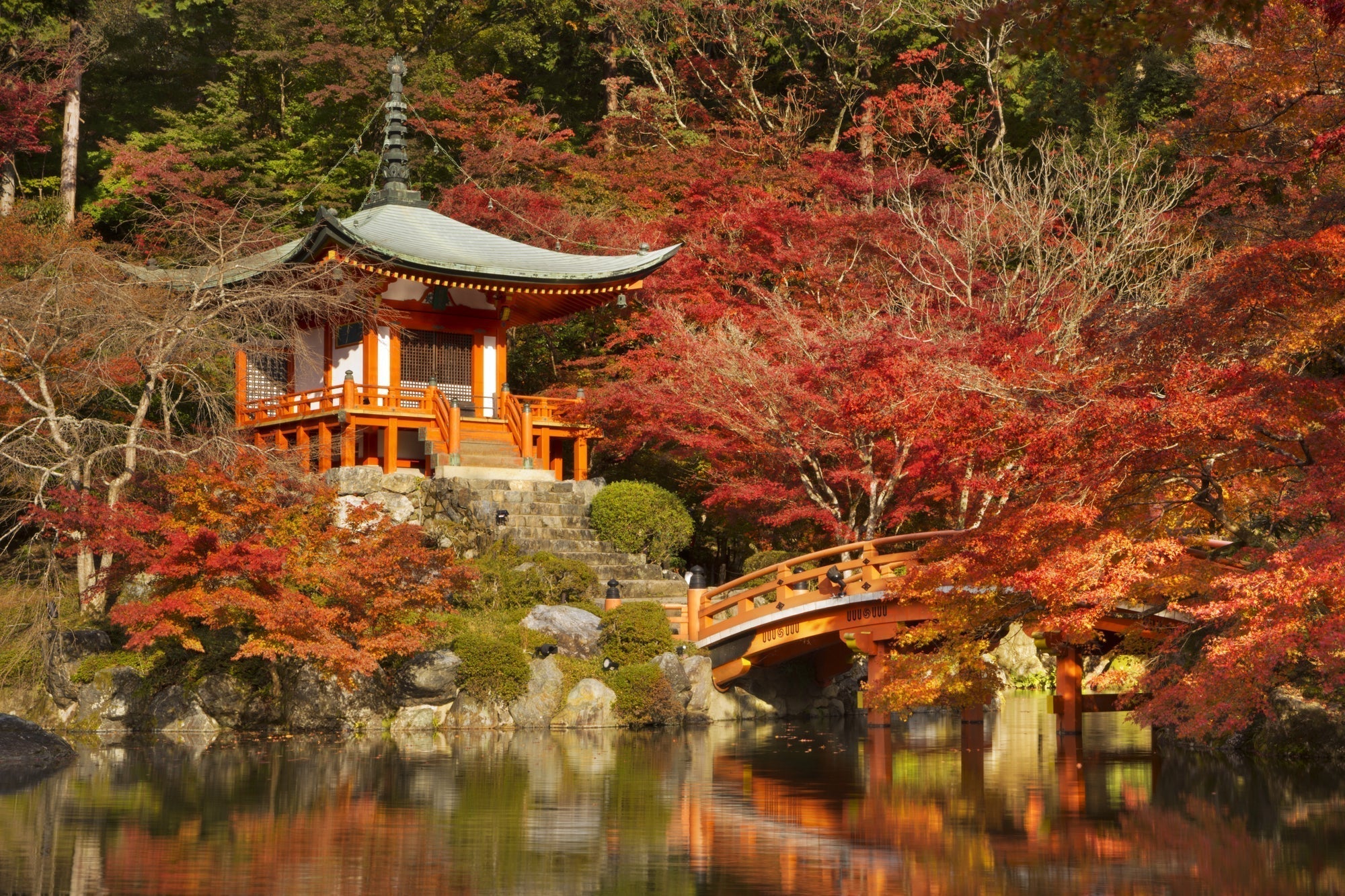
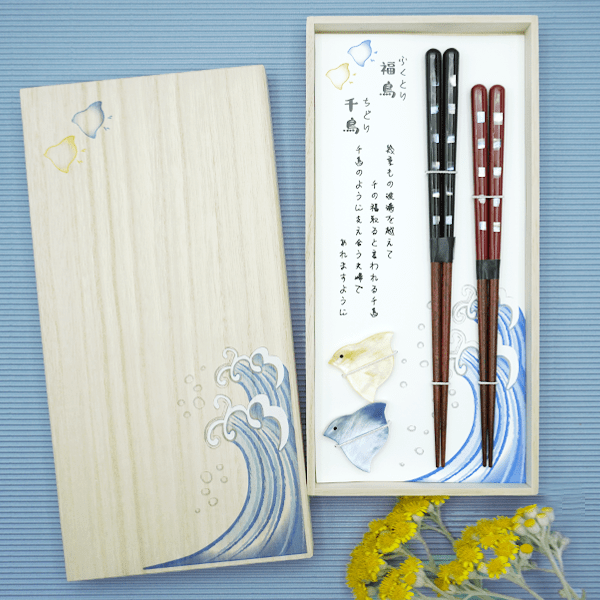
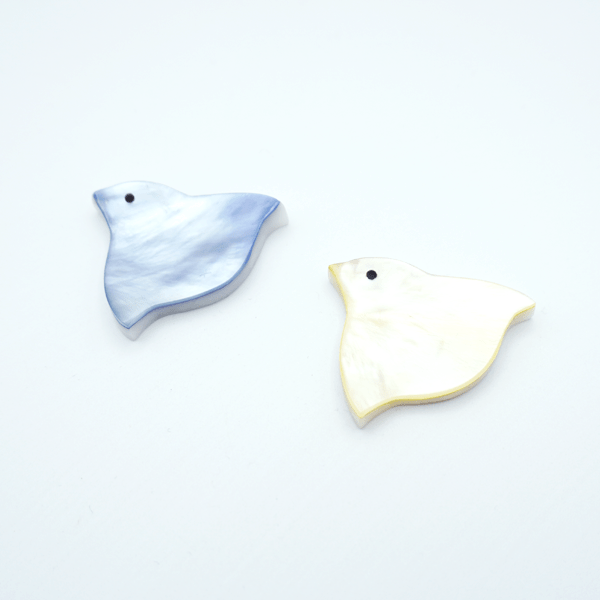
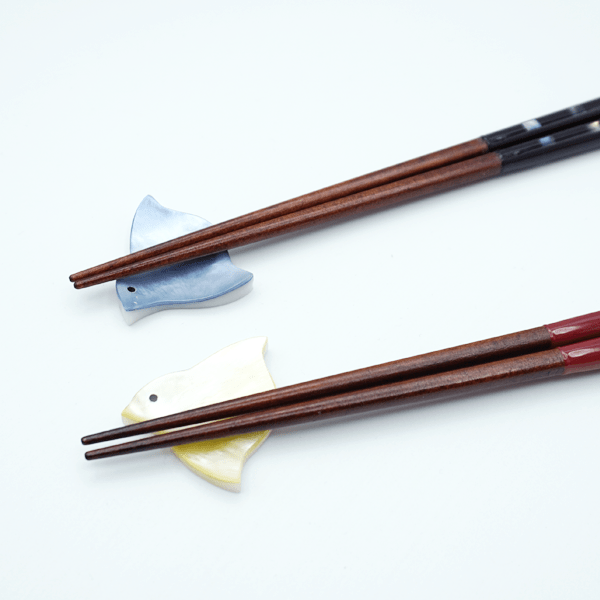
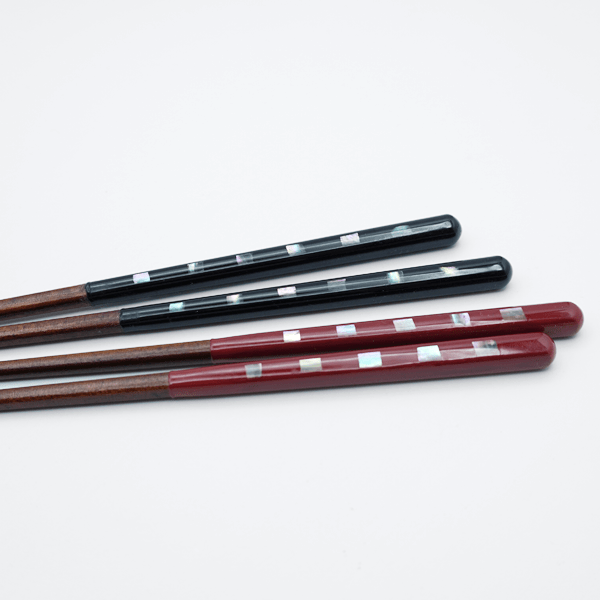
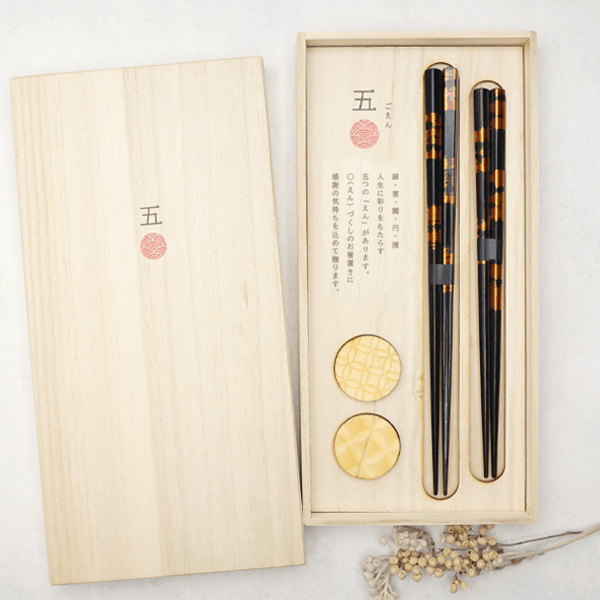
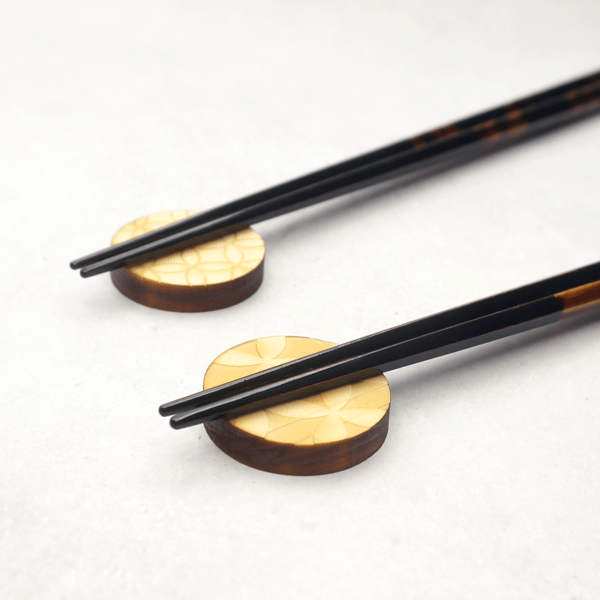
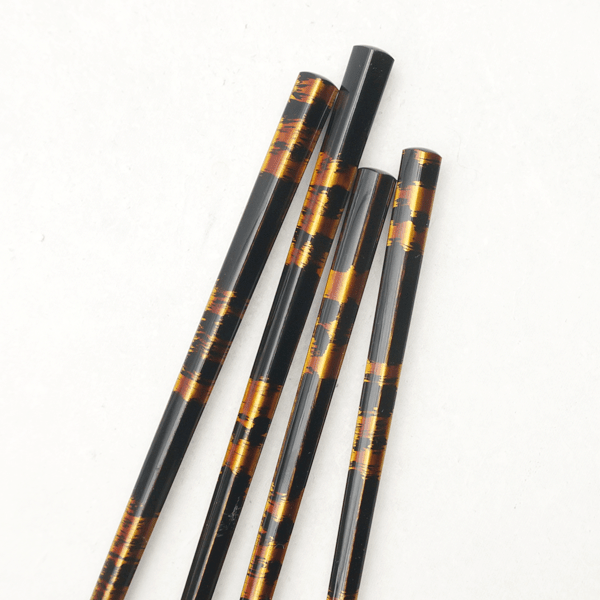
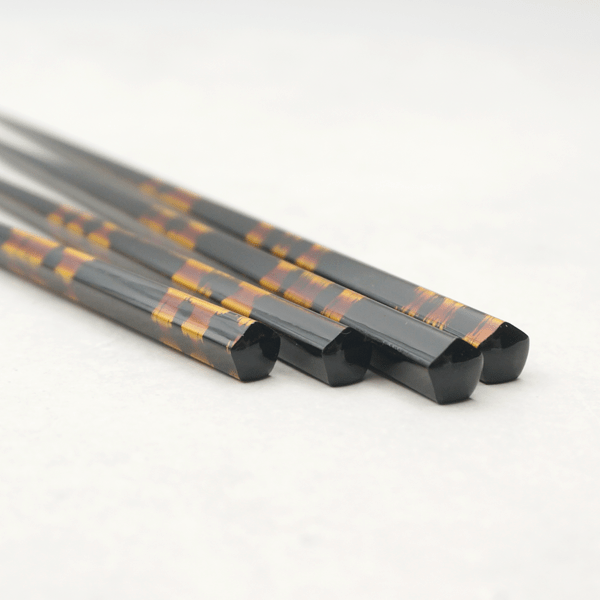
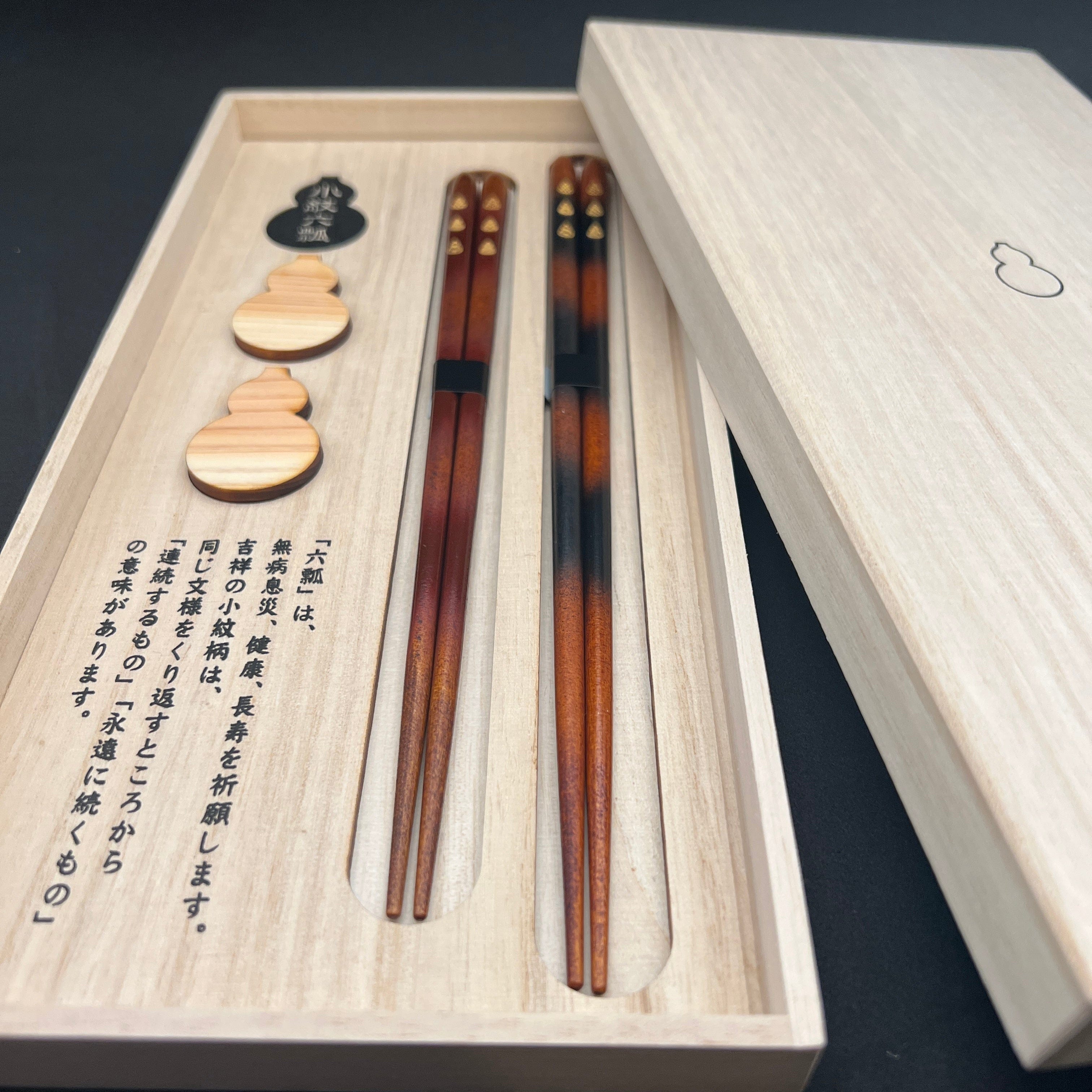

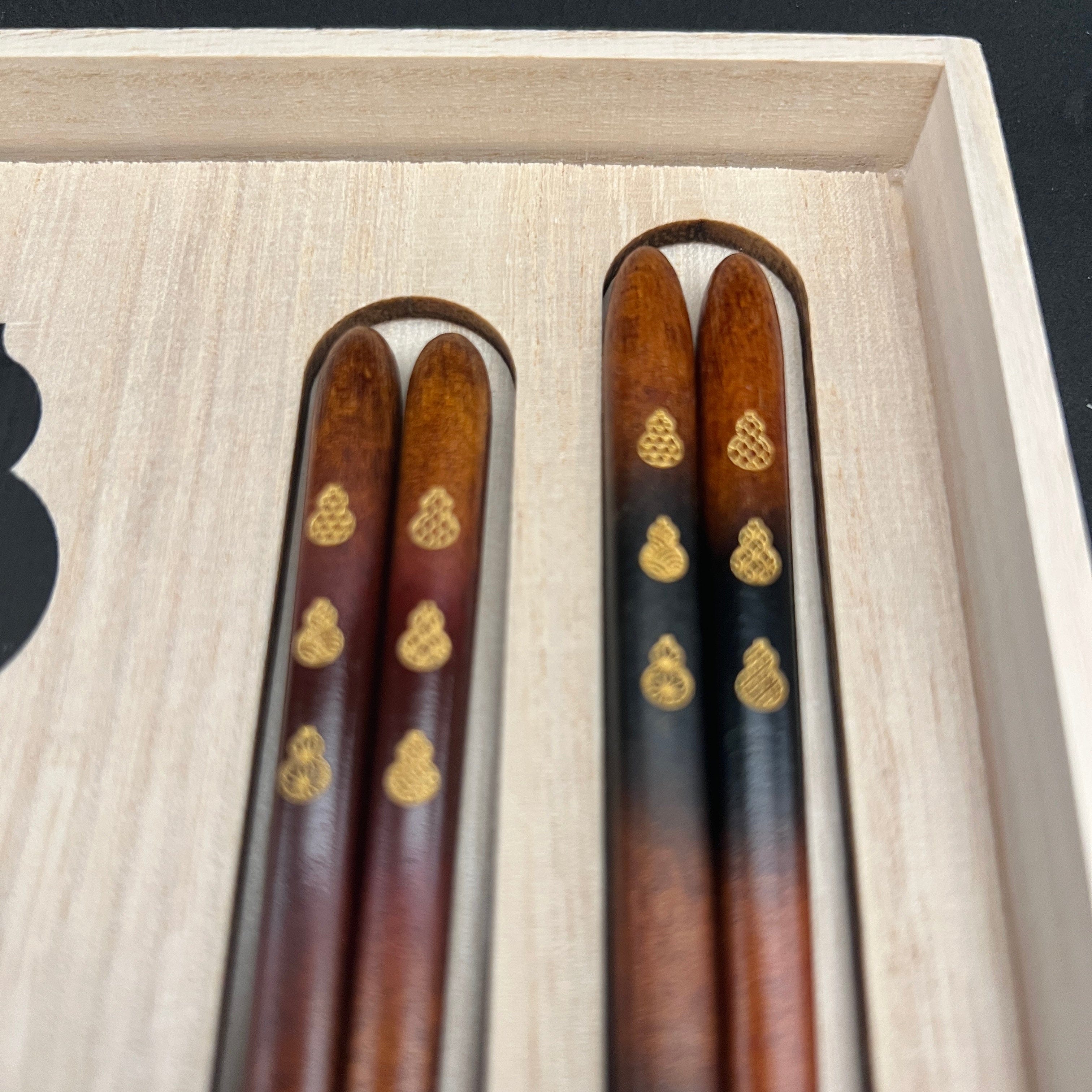
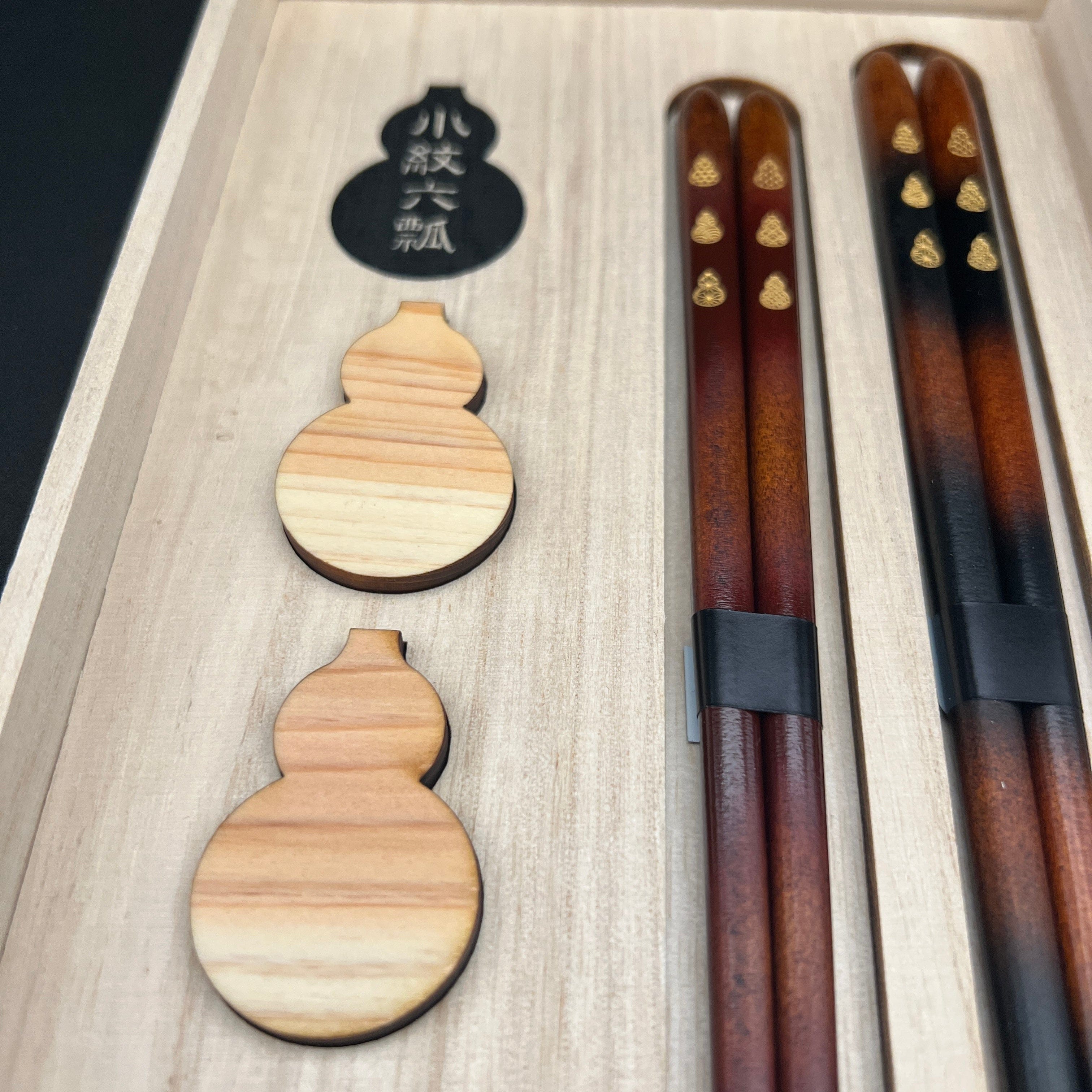
Share: